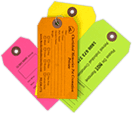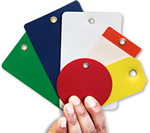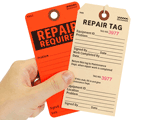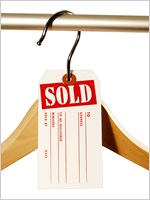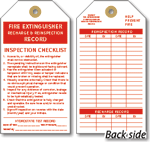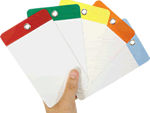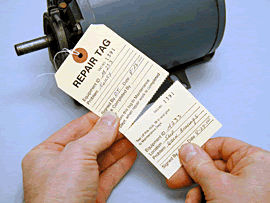A.
Manila Tags have a diverse application. From school projects to industries, these buff tags can be used for a range of different purposes -
Shipping - 13-point Manila Shipping Tags are widely used as shipping tags. Your information will stay put whether you’re shipping items to near or far-off places.
Garments - Manila Tags can be attached to a garment to mention size, material, brand name, and more. You can upload your artwork or company logo to get it printed on Custom Manila tags.
Price - Use manila tags to mention the price of a commodity, reduced price, discounts, and more.
Equipment / Inventory- Tags are perfect for labeling items in the workplace and help you organize your inventory.
Wedding Tags - Because of its neutral background, Manila Tags are a prevalent choice for escort cards at weddings, invitations, and used as gift tags.



